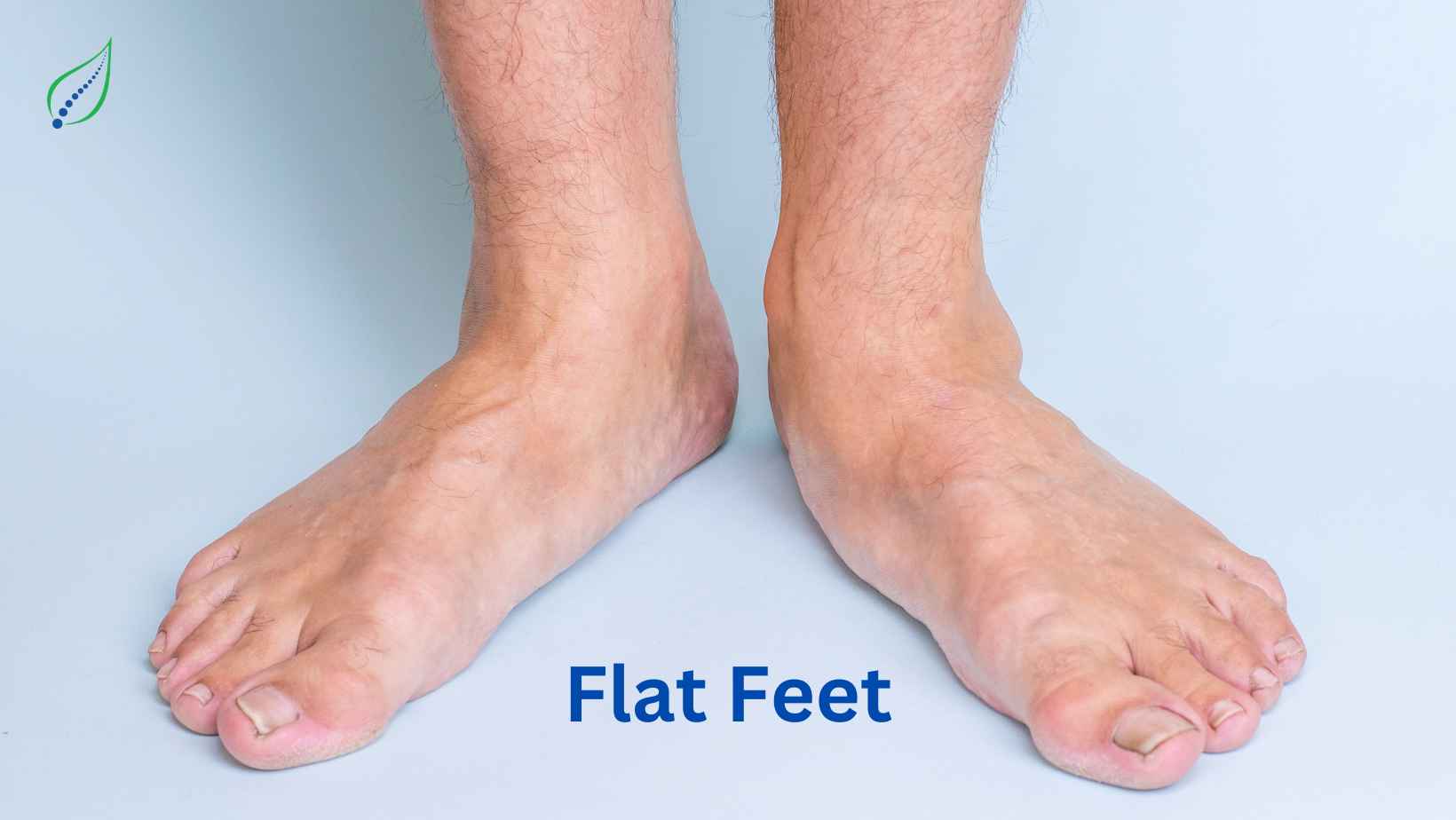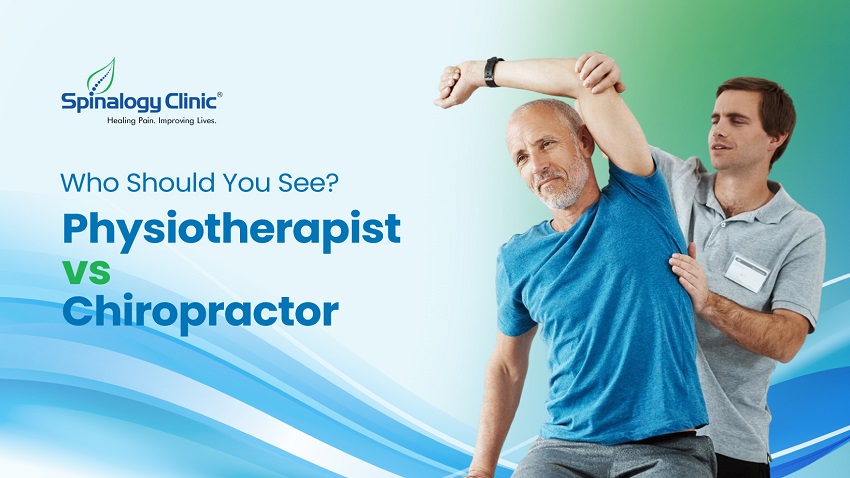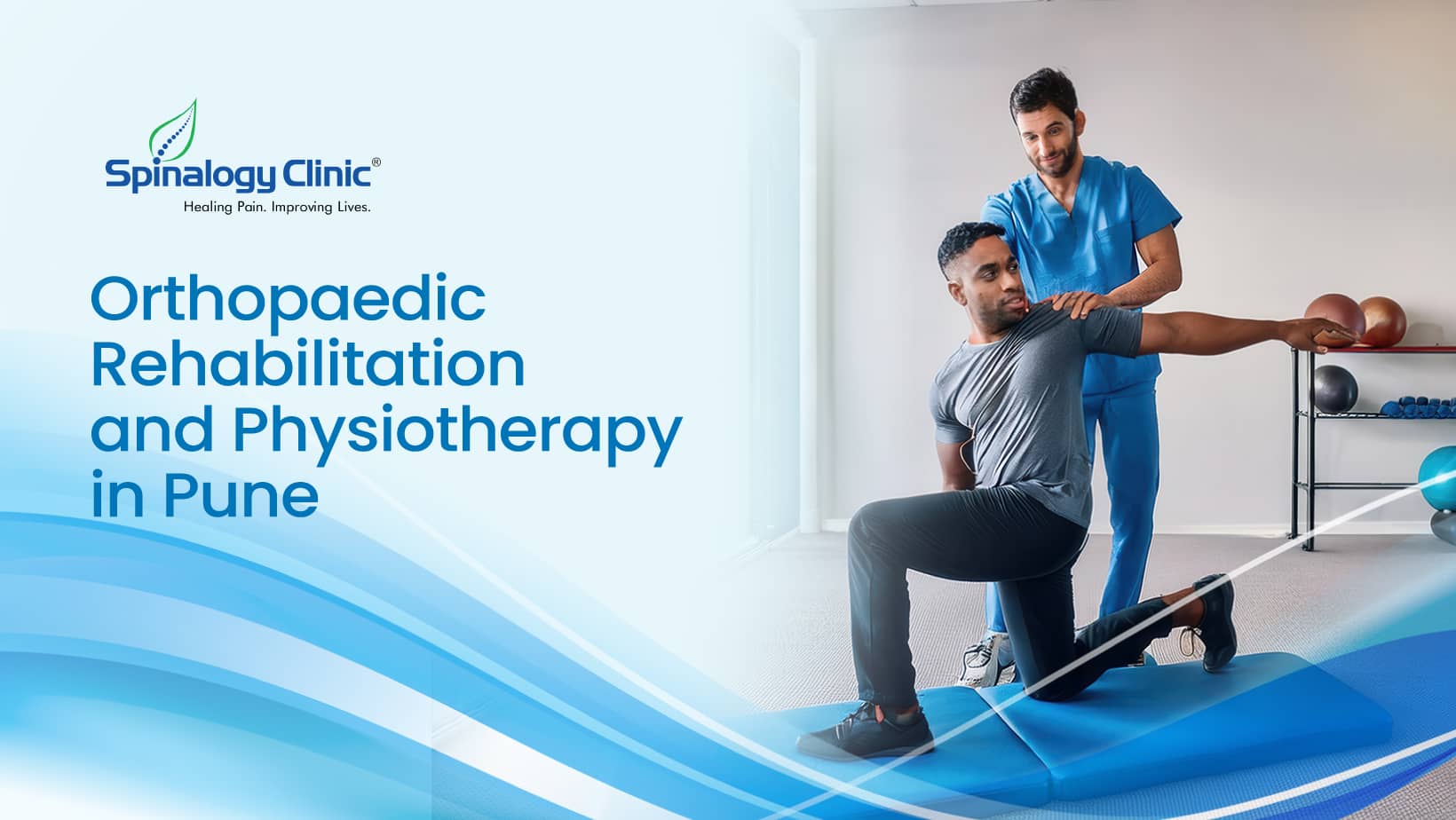Flat Feet
Flat-feet is a condition in which the arch on the sole of the foot is flat causing the entire foot to come in contact with the ground while walking. This is generally a painless condition but can sometimes cause discomfort and treatment might be required. Flat foot is loss of medial longitudinal arch of the foot.
Based on the etiology it is divided into two types:
1. Congenital flat foot.
2. Acquired flat foot (Improper weight bearing in adults)
Symptoms and causes
This deformity is mostly congenital but some factors can increase the probability of developing flat-feet over time. People who are overweight or have diabetes or rheumatoid arthritis are at a higher risk along with old people. Children normally have flat-feet since the arches take time to develop but in certain cases, the arches do not form. If the condition strikes in adulthood, it is referred to as “fallen arches”. Although there’s no pain associated with this condition, it can sometimes cause discomfort in the ankles, heels, and knees. The main reason behind pain due to flat-feet is the modified alignment of the legs and the unstable posture which can put undue pressure on certain areas. People with flat-feet tend to experience pain and swelling in the feet, legs, hips, and back.
Diagnosis
Although flat-feet can be self-diagnosed, a medical professional might use certain tests to examine your feet. Your shoes can be inspected for wear and tear on the inside of the sole. You might also be asked to stand on your toes to check whether you have rigid or flexible flat-feet.
Treatment
Treatment is required in pain and swelling in the feet and usually non-surgical options are preferred.
Physical Therapy can help greatly in reducing the discomfort and improving walking and running postures to reduce pressure on the joints. Exercises involving the movement of the big toe to strengthen and stretch the muscles and tendons are also recommended. Yoga poses that stretch the Achilles tendon also alleviate pain and improve flexibility.
NSAIDs are used along with the non-surgical treatment plan to counter the pain.
Orthotics or arch supports are also very helpful in relieving symptoms associated with flat-feet and help in restricting the alignment of the feet.
Finding the right and comfortable shoes to wear is the very first priority. Taking breaks and resting during physical activities can greatly reduce the burden on ankles. Wearing custom-designed arch-supports can also be really helpful in the long-term.
Overweight individuals should be counseled on weight loss through exercise and good diet to reduce excessive pressure on feet.




